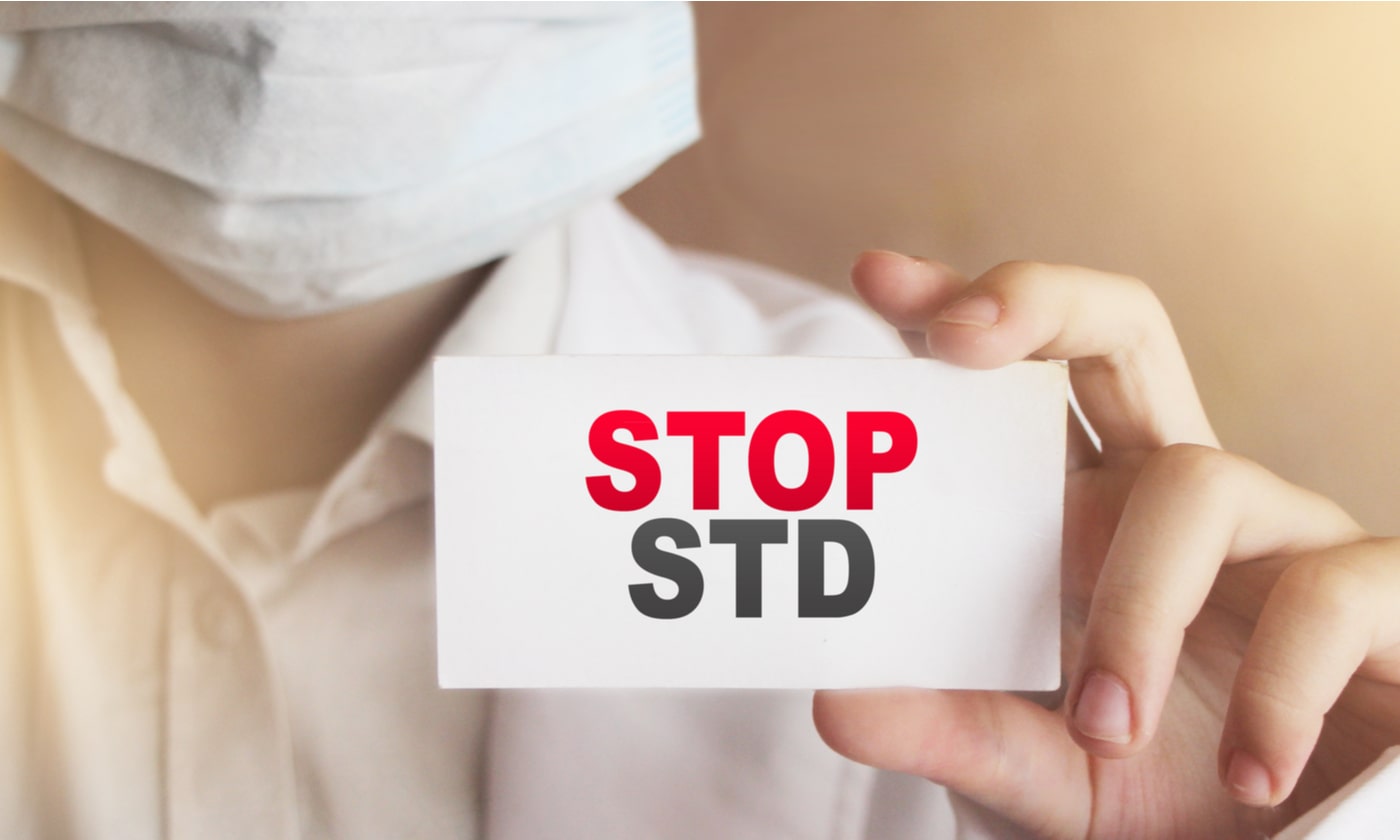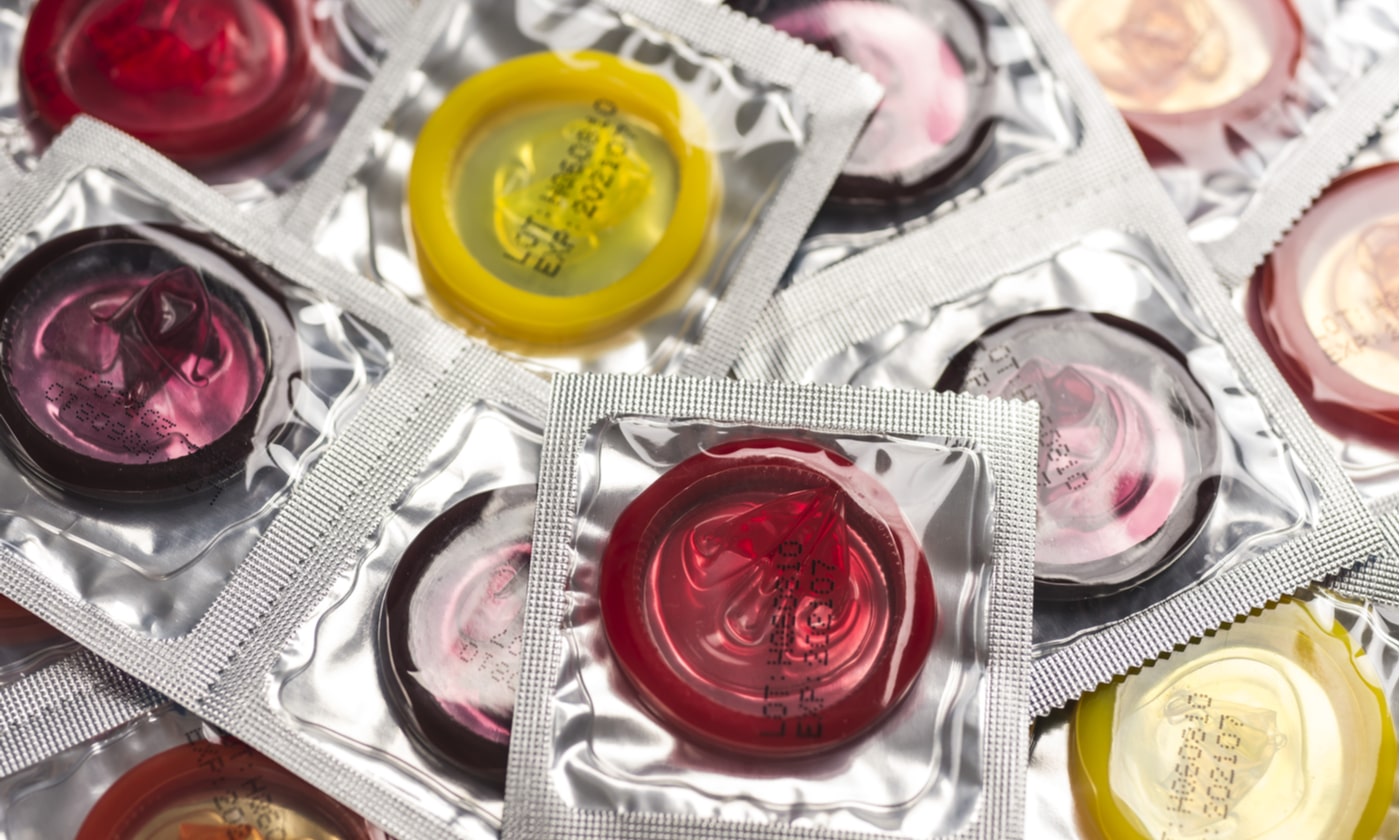A buccal swab sample can be safely collected from individuals of any age, including newborns! If you are preparing to collect a buccal swab sample from a baby, we’ve compiled a list of helpful tips that you can reference:
- Do not put anything in the baby’s mouth for at least 1 hour before collecting the DNA sample, including, but not limited to, pacifiers and fingers.
- Do not breastfeed for at least 3 hours prior to sample collection to ensure that there is no DNA from the breast milk inside the baby’s mouth.
- Gently rub the swab inside the baby’s cheek for the full 30 seconds for each swab.
- Take care to avoid the gum areas and the rest of the mouth. You can place your hand that is not holding the swab against the outside of the baby’s cheek to guide your dominant hand. Remember, you are collecting the buccal (cheek) cells – not saliva!
- If the swab is very wet after you remove it from the baby’s mouth, hold the swab in the air to air dry the swab for a few minutes before placing it into the specimen envelope. Do not use any external heating element (e.g. hair dryer) to dry the swab.
- It may be easier to collect a buccal swab sample when the baby is asleep, or immediately after the baby wakes up.



